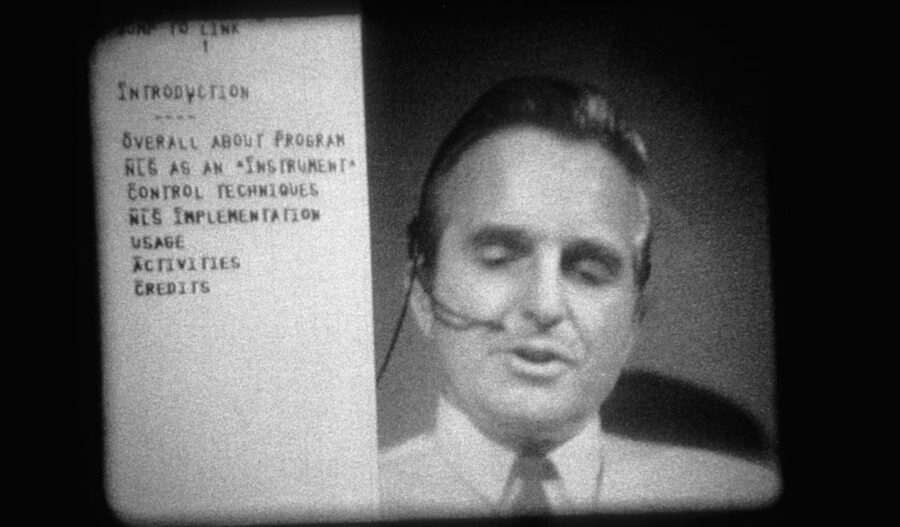a simple assignment for students to explore iteration & revision.

When the blackbird flew out of sight,
It marked the edge
Of one of many circles.
—Wallace Stevens
How might we encourage students to embrace revision more fully? I ask my students to draw inspiration from Wallace Stevens’s poem “Thirteen Ways of Looking at a Blackbird” to pose “Thirteen Ways of Looking at a Thesis.”
Digital technology lends itself well to this experimental (but actually quite simple) assignment. Students begin by posing a research question and a one-to-two sentence hypothesis in response to it. Then, rather than edit that first attempt, they simply write the research question and hypothesis again, in a new way, below the first one. And proceed up to thirteen times. The goal is to keep the old while exploring iteration in service of discovering and crystallizing what one wants to argue.
What happens? The question and thesis begin to change as one rewrites them, but you can always return to earlier versions without losing their formulation in their moment of your thinking. To be sure, one can do this on paper with a pen. There is something productively counterintuitive, however, in insisting upon doing it in the digital domain. Because of the easy manipulable quality of text, we increasingly write digitally in ways that combine writing with revision. You edit as you write. That has its benefits, of course. But shifting between this mode and one in which what gets written gets preserved allows for a kind of versioning or track changes (to use the Microsoft Word term) of one’s thinking as a piece of analysis develops. It cuts against the technology while using it to preserve one’s thinking over time. (One can add to this assignment with subsequent work using flow chart “mind maps,” timelines, storymaps, and annotations to continue to map out lines of reasoning that build on a set of articulated and re-articulated questions.)
Sometimes students explore this approach over the duration of a course, letting new evidence enter their thinking. Other times, I ask them to approach the experiment more intensively, at one sitting, often midway through engaging with evidentiary materials and secondary sources. These produce different effects. The former becomes more of a research journal approach, a way of capturing and preserving one’s thinking over time. The latter is a technique for pushing forward the development of an effective thesis during the initial stages of writing, when students (or any of us) can feel paralyzed.
An additional approach to the “thirteen ways” assignment is to give students more of an edifice for their iterations. This gives students ways to begin to locate an idea in language that pushes it toward crystallized argument and interpretation, particularly with the development of a thesis. So it might be structured in this manner:
- Write out your thesis without worrying if you are getting it right.
- Try rewriting it as “Whereas X argues, my evidence suggests….” to bring your thesis into more direct historiographic debate. What have other scholars said about your topic and what revisions does your evidence suggest (even minor revisions, you don’t necessarily have to debunk prior interpretations—well, sometimes you do, but just as often your scholarly task is to qualify and improve them with your sense of your evidence).
- Try rewriting your thesis using method as the key aspect of it. For instance, “Whereas X uses a method of focusing on textual evidence to argue x, my focus on visual evidence suggests a different discover: y.”
- Try writing your thesis about only one primary source artifact you are examining.
- Try writing your thesis as a comparison of one primary source artifact you are examining with another one you are examining.
- Try writing your thesis as a set of keywords and search terms one should use to find it through an online search.
- Try writing your thesis as a debate between two scholars who you have read on the topic or theme you are exploring.
- Try rewriting your thesis as a slogan for an advertisement.
- Try drawing your thesis as a flowchart, Venn diagram, or sketch.
- Try to write the opposite of your thesis. If you were disagreeing with yourself, what would your thesis be.
- Now go back and write out your thesis again and see if it has changed, come alive in a new way, or made you think about revisiting your evidence or secondary sources (what other scholars have argued).
- Take a break and come back to the project later.
I am hardly the first to suggest that iteration and revision are key modes of developing compelling, evidence-based arguments in the humanities. Is it not a core aspect of hermeneutics, among other modes of analysis? But I do think we can easily forget that historical writing in particular requires iteration and revision not only of the argumentation—of the ways in which evidence supports interpretations—but also of the very framing of research questions and hypotheses themselves in the first place (and then in twelve more places, and more beyond that potentially). To quote Stevens, “The river is moving / The blackbird must be flying.”

A final digital history note: the use of digital technology to augment this kind of iterative investigation has deep roots in the development of the modern computer itself. For instance, Douglas Engelbart’s Augmenting Human Intellect: A Conceptual Framework from 1962 sought to imagine, and begin to design, digital approaches to enhance revision as a crucial engine for better thinking. That thinking fed Xerox PARC, Apple, and other software developers keen to picture computers helping humanistic modes of thinking rather than, artificially or otherwise, replace them.
1 thought on “Lesson Plan—Thirteen Ways of Looking at a Thesis”